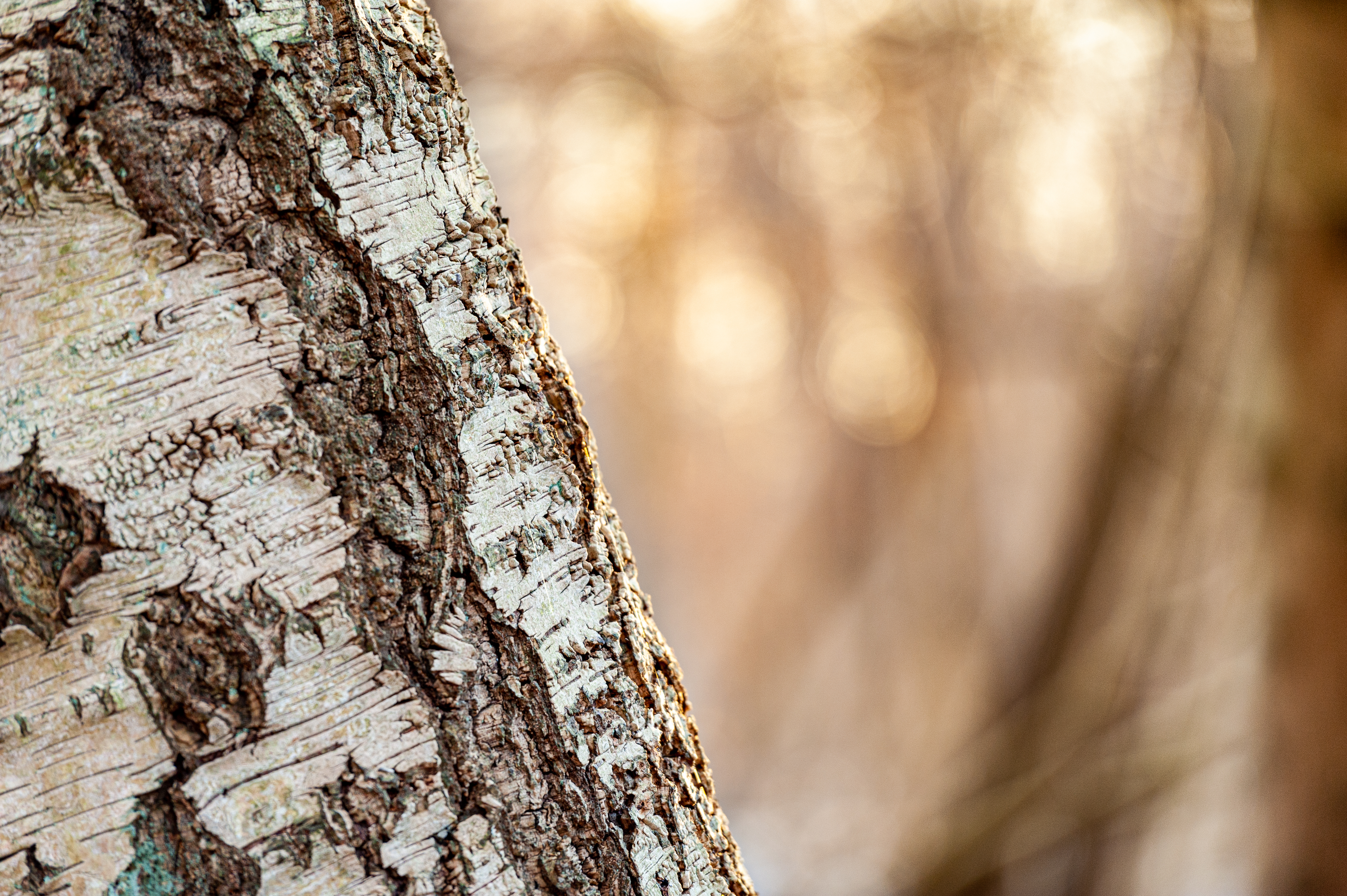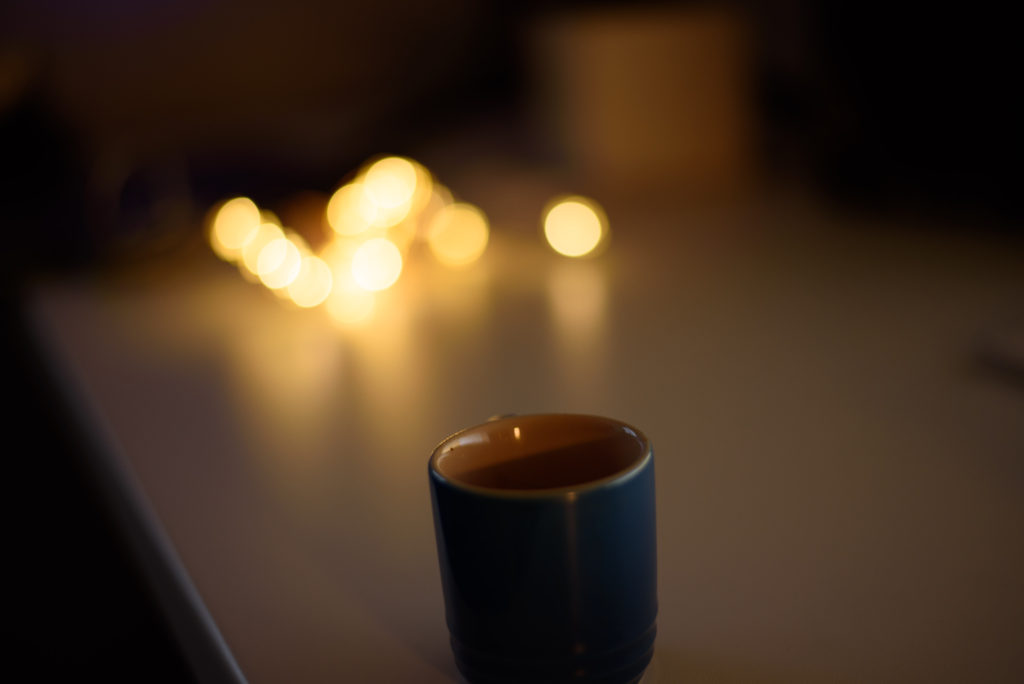Leading role
If you have ever talked to a flower or macro photographer about their best tip for getting a good shot, you will often hear them talk about finding a good background for the subject rather than worrying about the subject so much. Don’t get me wrong, the subject is of course also important, but often the balance tilts to the favour of the subject at the expense of the background.
I don’t know why this focus on the background apparently is more important to macro and flower photographers, but I think it has to do with the nature of the subject – it is often very simple (= elegant, minimalistic, focused) and hence any distractions from the subject hits extra hard in this line of photography.
I think the rest of us (i.e. non flower / macro photographers) can learn from the focus they have on getting the background right. Often, when I review my images in Lightroom, the difference between a good shot and a bad one is determined by the background. As Joel Sartore says in his book Photo Basics: If there is something in your frame that is not working for you, then it is actually working against you!
I’ll leave you some examples below where I think the background works as it should.
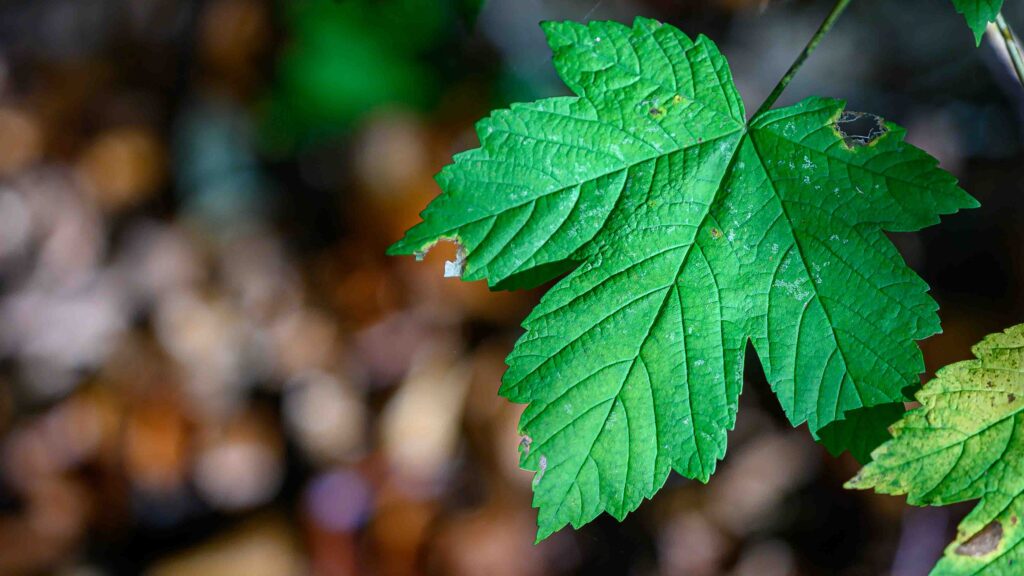
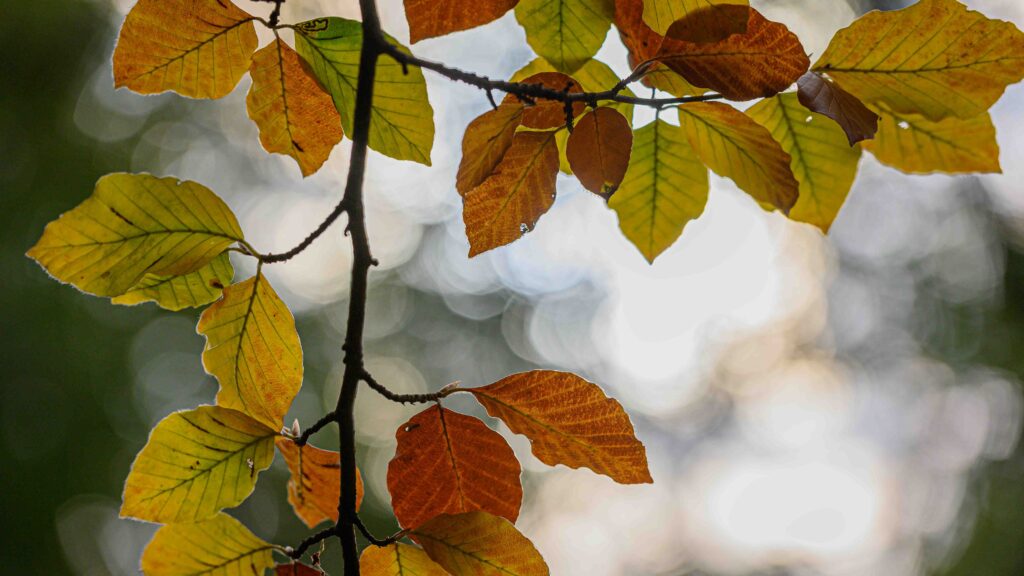

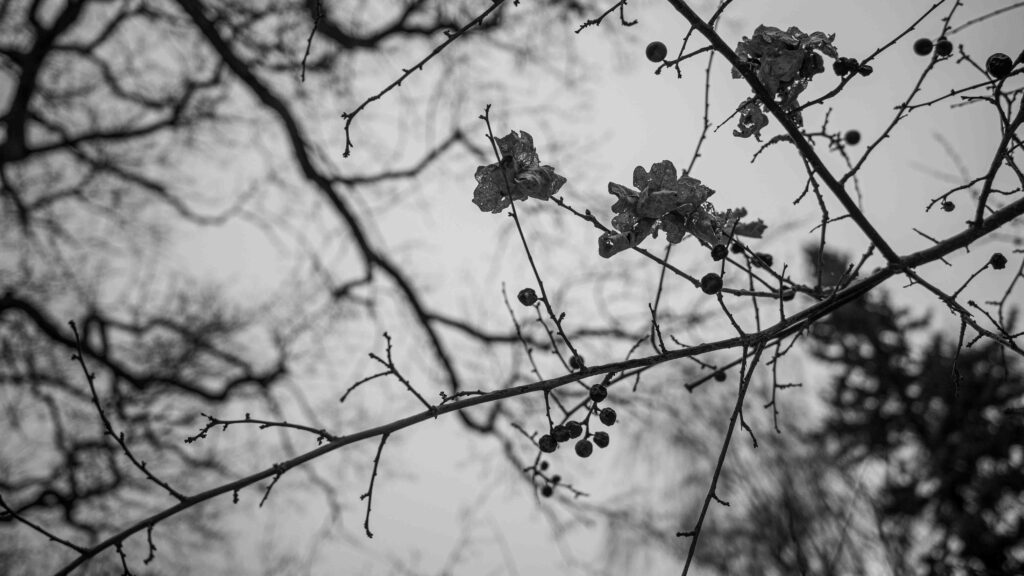
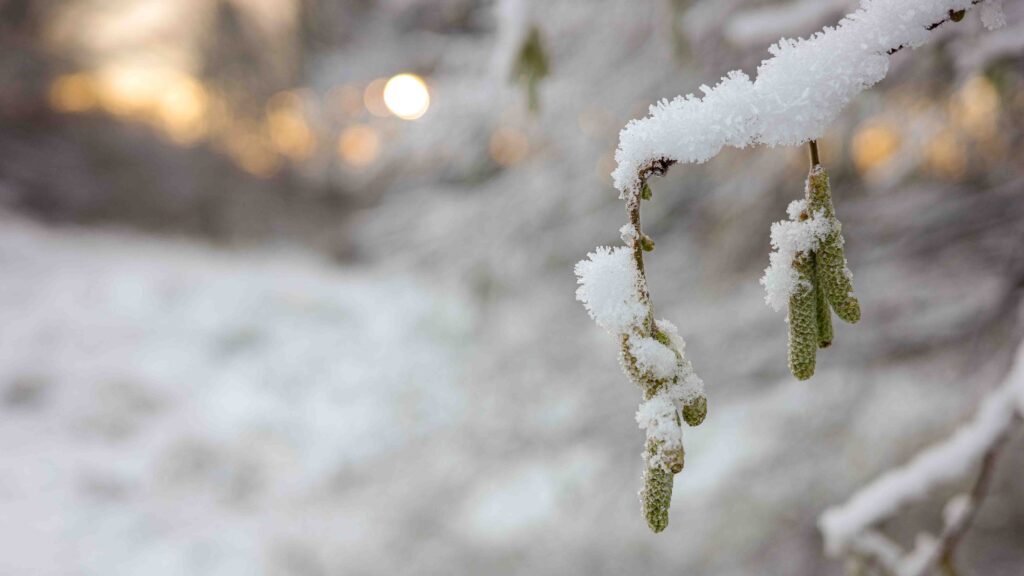
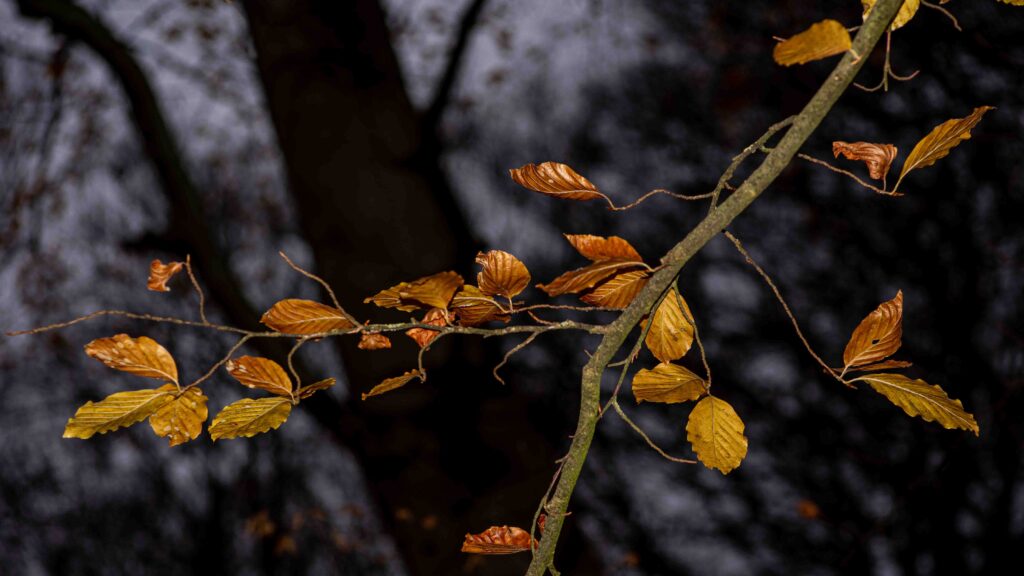

Related reading
What are leading lines in photography?
What is the rule of odds in photography?
Video links

